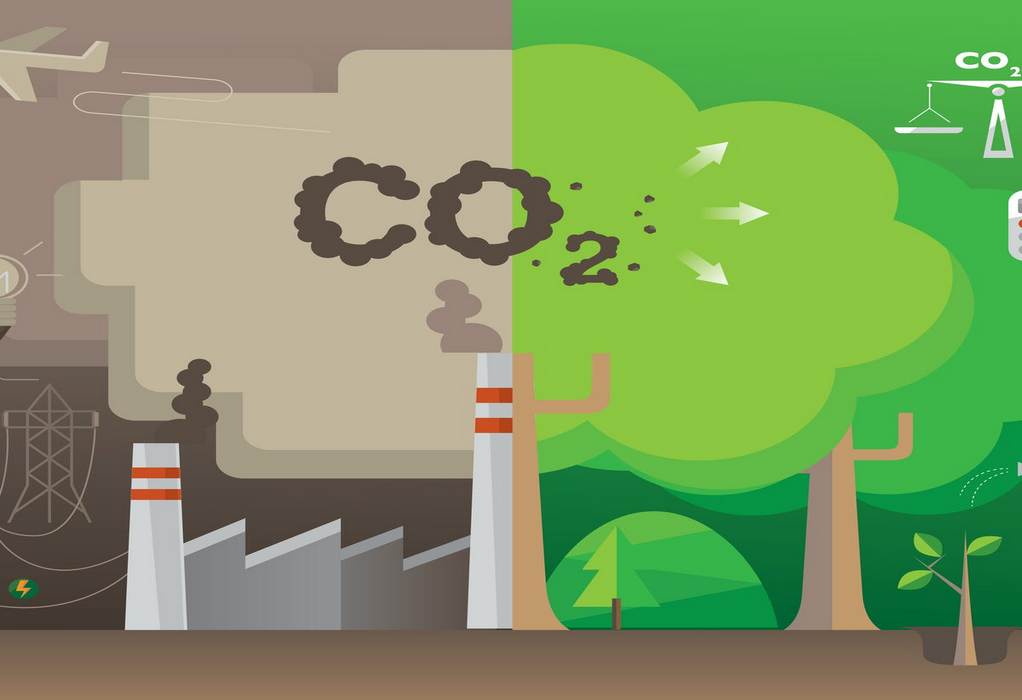International Energy Agency (IEA) says that countries must reduce dependence on China’s production of solar panels to reach net-zero emissions.
IEA in its report said that while China’s policies and innovation have made solar power more affordable, its domination of the sector has also resulted in “imbalances” in supply chains.
China has been instrumental in bringing down costs worldwide for solar photovoltaics (PV), with multiple benefits for clean energy transitions.
But the level of geographical concentration in global supply chains also poses potential challenges that governments need to address.
Accelerating clean energy transitions around the world will put further strain on these supply chains to meet growing demand, but this also offers opportunities for other countries and regions to help diversify production and make it more resilient.
The energy agency says that world must quadruple the pace at which solar capacity is growing to reach net-zero emissions by 2050.
Global production capacity for critical components such as polysilicon, ingots, wafers, cells and modules will also need to more than double by 2030 to meet the target, the intergovernmental organisation.
Ramping up global capacity would also bring about economic benefits, the report said, with new manufacturing facilities potentially attracting $120bn of investment and doubling the industry workforce to one million people by 2030.
China’s domination of supply chains for solar panels has come under scrutiny in some countries amid allegations of human rights abuses and trade violations.
In the United States, Congress has highlighted polysilicon produced in Xinjiang as a priority for enforcement under the recently enacted Uyghur Forced Labor Prevention Act, which compels importers to prove that goods made in the autonomous region do not involve forced labour.
Tags: China, IEA, NetZero Emissions, Solar Panels, Supply Chains



Recent Posts
Port of Brisbane Unveils Vision 2060 to Drive Smarter, Cleaner, and More Connected Future
Wärtsilä to Deliver Hybrid Propulsion Systems for Vertom Group’s New Low-Emission Vessels
Latvian port receives electric Konecranes Gottwald Mobile Harbor Crane
Sustainable Ocean Economy Vital for Human Development, Says UNDP at UN Ocean Conference
Green Hydrogen Costs in India Could Drop by 40%, Says IEEFA-JMK Report
Cavotec Secures €1.55 Million Shore Power Contract for Port of Antwerp-Bruges
APM Terminals and SANY Marine sign landmark agreement to accelerate decarbonisation
The Port of Gothenburg takes big step towards shore power connection for container and car/RoRo vessels